We tried the new Nintendo Switch OLED... and we're conflicted
Is the Nintendo Switch OLED's improved display worth splashing out on if you already own a Switch?
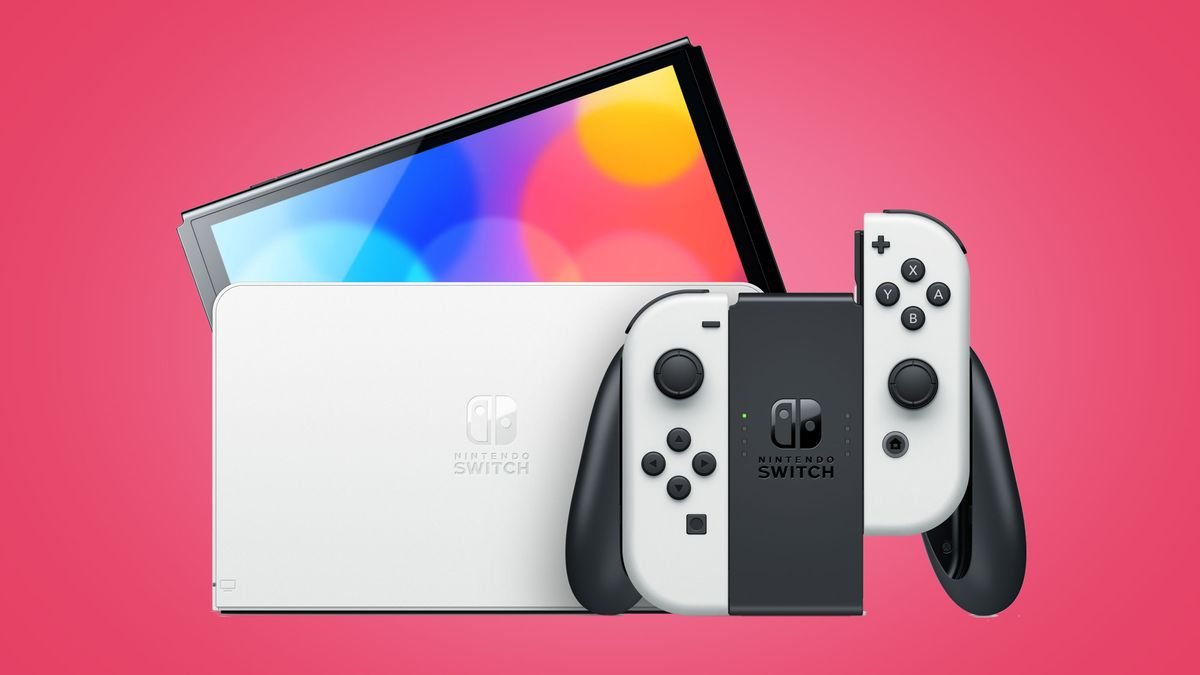
The new Nintendo Switch OLED is still quite a way off its October 8 release date, but I've been able to get some advanced hands-on testing with the newly-announced console. Naturally, I was super keen to measure it against the original 2017 Switch and see if it's worth the upgrade.
As you might have heard by now, especially if you've seen our Nintendo Switch OLED vs Nintendo Switch feature, this is not the long-rumored 4K Nintendo Switch Pro everyone was expecting. In fact, Nintendo has recently denied it is working on another Switch revision - but then again, I wouldn't expect it to admit otherwise, because then who would buy a Nintendo Switch OLED? It's a good question, and one I was certainly asking myself before my hands-on session. The thing is, even after playing with one myself, I'm still not entirely sure what the answer is.
Just to catch you up, the Nintendo Switch OLED has a moderately upgraded dock to go with an improved screen - it now sports a 7-inch OLED instead of a 6.2-inch LED. However, the console is only 0.1 of an inch larger in spite of this. That's because the massive bezel of the original Switch has been greatly reduced to make way for the larger OLED display.
Unfortunately, this doesn't mean the screen's resolution has changed. The resolution being output to the TV in docked mode is also the same as before. Let's dive into some details, shall we?
Testing the Switch OLED display
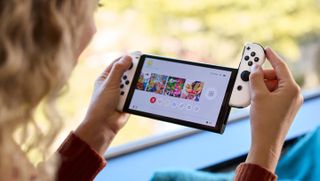
As discussed in our best OLED TV guide, one of the main selling points of an OLED screen is brighter colors and darker blacks. That pays dividends here. Indeed, Mario Kart 8 has never looked better on a handheld device thanks to the energetically colorful environments.
Namely, the swooping camera shots around the starting grid give the arena and the racers some extra pop. Indeed, I was too busy ogling all the scenery with its brighter colors to pay much attention to the race itself. (I'm blaming the alluring green of the grass at the sides of the track as an excuse for why I spent so much time understeering onto it.) Heading over to Super Mario Odyssey provided similar eye candy, but with less shame for treading on the grass.
I then played some Mario Kart multiplayer with the console in tabletop mode. The brighter colors and larger screen improved the display from a distance, while the enhanced brightness will hopefully stand up to the glare when using the Switch OLED outdoors.
Sign up to the 12DOVE Newsletter
Weekly digests, tales from the communities you love, and more
Seeing as I was trying the Switch OLED indoors, I couldn't test against sunlight directly. (The typically gloomy July day in London saved me the bother of asking if I could take it outside, too.) However, viewing angles seemed to be slightly better than the older Switch, perhaps due to the extra brightness OLED tech is able to provide.
The impact of the OLED display was more noticeable on the Mario titles, given that they use brighter, cleaner colors
It's not all good news, though. I used one of the room's overhead LED spotlights to test screen glare, and there doesn't seem to be any protection against it, such as a new screen coating. This is a bit disappointing given how the Switch OLED's main improvements are for use in handheld mode.
Heading back to the games, The Legend of Zelda: Breath of the Wild benefitted from the new OLED display as well. Although the opening area wasn't really dark enough to test the OLED screen's capabilities for inky blacks, once we stepped out and beheld the horizon, it was hard not to be impressed. (But then again, I still get a thrill even seeing it on the Switch Lite because I know an awesome adventure awaits.)
I'd have to say though, the impact of the OLED display was more noticeable on the Mario titles given how they use brighter, cleaner colors than the more muted shades provided by Zelda.
Standing tall

Still, the new backrest stand is infinitely better than the flimsy piece of plastic on the original Switch. It can be set at any angle, and there's plenty of strength to it, so the console won't flop over underneath its own weight mid-race. In addition, the wider surface area will make it easier to position on uneven or soft surfaces.
The 'enhanced audio' is a more modest upgrade, with a similar speaker array now providing slightly clearer and more distinctive sound, but bass performance remains the same. To get the best audio from Nintendo's console, I'd still recommend picking up something from our dedicated Nintendo Switch headsets guide.
No new cheer resolution this time
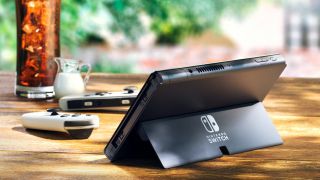
When pulling the in-game camera down low to get a better look at the long grass in Hyrule, I was reminded of the elephant in the room - the resolution. The jagged, low-res blades of grass are starting to look incredibly dated in 2021, and this reminded me why I'm still not sure about the need for the Switch OLED to exist alongside the original Switch.
Yes, I know we're not getting 4K on the TV (still 1080p in docked mode like the original Switch), and I didn't even expect the fabled Switch Pro to have a 4K screen itself, but the fact that the Switch OLED is still stuck with a 720p screen over four years after the original model was released is simply baffling. Especially when I wouldn't settle for that on anything you'd find on our best gaming phones list. Even most of the best gaming tablets can do better.
An upgrade to 1080p to go alongside the OLED display would have been something to really make Nintendo's increasingly underpowered console stand up for itself more in a world where it costs $50 more than an Xbox Series S, and only $50 less than the PS5 Digital Edition's price.
We're digging the Switch OLED's dock, though
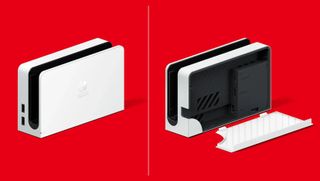
The new Nintendo Switch OLED dock I got my hands on was the stylish new white version which instantly puts the original to shame in terms of style and improved functionality. Nintendo has addressed concerns that the original version had too many hard edges and risked scratching the console when sliding it in, so the OLED console's edges have been rounded and given a shiny finish. This lets the new Switch glide into place much more easily. No awkward Switch dock sock gubbins are needed here.
The dock has a few more smart quality of life upgrades, with the main one being the LAN/ethernet port around the back under the rear panel. So if you like the fastest download speeds or playing competitive Super Smash Bros. Ultimate online and want to minimize lag, this might be a tempting upgrade. Of course, the original Switch did have an ethernet option via a sold-separately dongle.
The new dock will be available as a separate purchase later this year
Speaking of that rear panel, it's fully detachable rather than working on a hinge, which does feel like a minor downgrade - not that I imagine most of you will be needing to open it often.
The new dock will be available as a separate purchase later this year if you want an extra one in a different room or you want to upgrade your old one, but Nintendo was unable to confirm at this stage if the white Joy-Cons would also be released on their own too. That's a shame, as these look fantastic. Hopefully, we'll be able to keep them that white, as they look super premium right now and a touch classier than the neon red/blue ones.
Who is the Nintendo Switch OLED for, then?
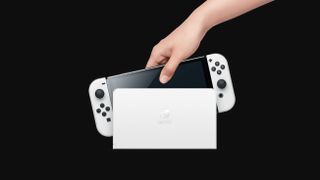
This really boils down to how much you'd be playing the Switch in handheld or tabletop mode. If you'll be doing this a lot and want the best display, then the Nintendo Switch OLED might be the right choice for you if you don't mind it costing $50/£30 more than a regular Switch or $150/£110 more than the handheld-only Switch Lite.
If you intend to only ever use your Nintendo Switch on the TV and are happy to use Wi-Fi over a wired connection (which is fine for the vast majority of users) then there's nothing for you here at all, though. Save yourself some money and get a regular cheap Nintendo Switch bundle instead.
As for anyone doing a lot of commuting and not bothered about playing on a TV, we'd probably recommend the Switch Lite given its smaller size and affordability.
Let's be clear though, from my limited hands-on time, the Nintendo Switch OLED does appear to be a better version of the original Switch. The OLED display really suits the more colorful games in Nintendo's library, but it's not something I feel many gamers need to rush out and replace their original Switch with given the lack of a resolution bump in handheld mode. More specifically, this feels more like a modest upgrade that Nintendo should have brought in to replace the regular Switch at retail and kept it at the original's price of $299/£280, given that the console has never had an official discount after all these years.
If you're thinking about reserving the new console ahead of the October 8 release date, you might find it's already pretty hard to find, especially in the US. Well, good thing we've got the latest details and stock availability updates over on our Nintendo Switch pre-orders guide.
Still on the fence about picking up any Switch console this generation? Then you might be convinced by the picks on our best Switch games list. For a sneak peek of what's coming up, take a look at our upcoming Switch games guide.
If you're more of a PC gamer but wish there was a handheld experience for you too then we have some great news - check out the latest on the awesome-looking Steam Deck.
Brendan is GamesRadar's former Managing Editor of the Hardware & eCommerce team. He also spent time as the Deals Editor at our sister site, TechRadar. He's obsessed with finding the best tech, games, gadgets, and hardware at the lowest price. He also spends way too much of his free time trying to decide what new things to watch on Netflix, then just rewatches It's Always Sunny in Philadelphia instead. Nowadays you'll find him as the eCommerce Content Director for Future's mobile tech sites, Android Central, iMore, and Windows Central.
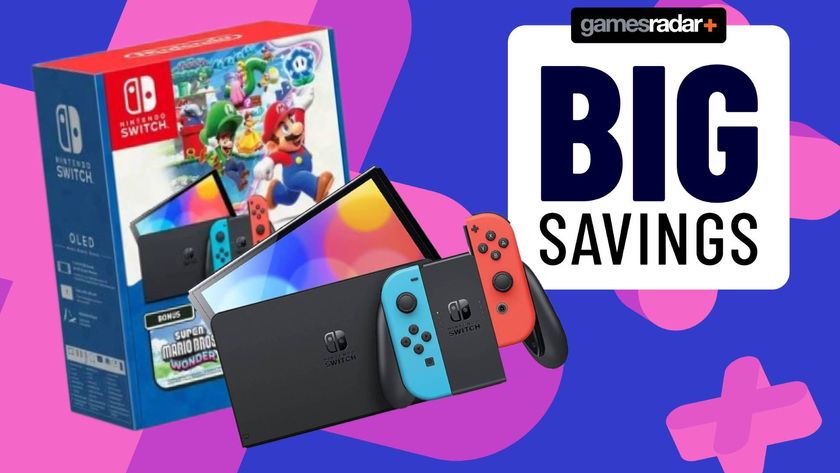
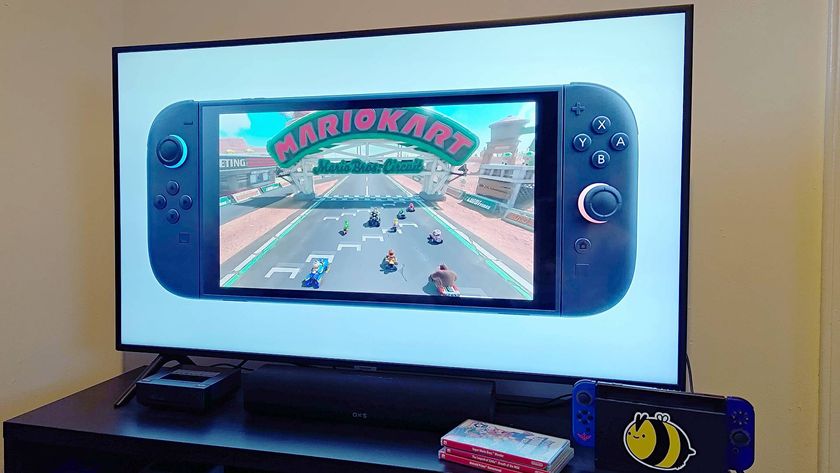
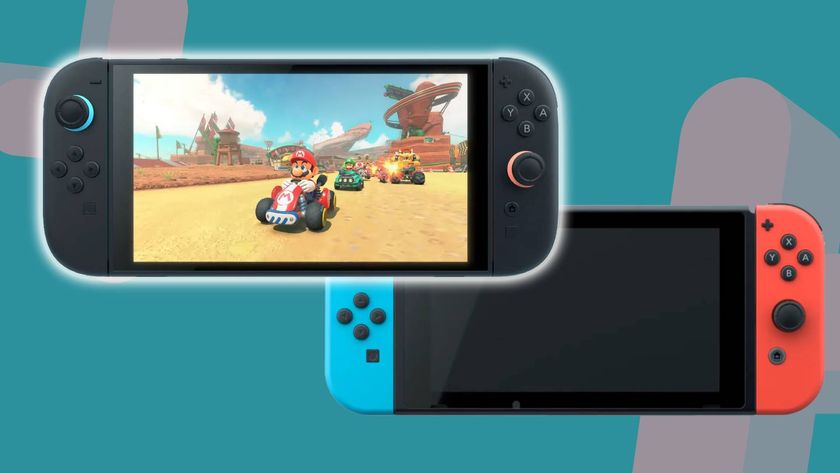
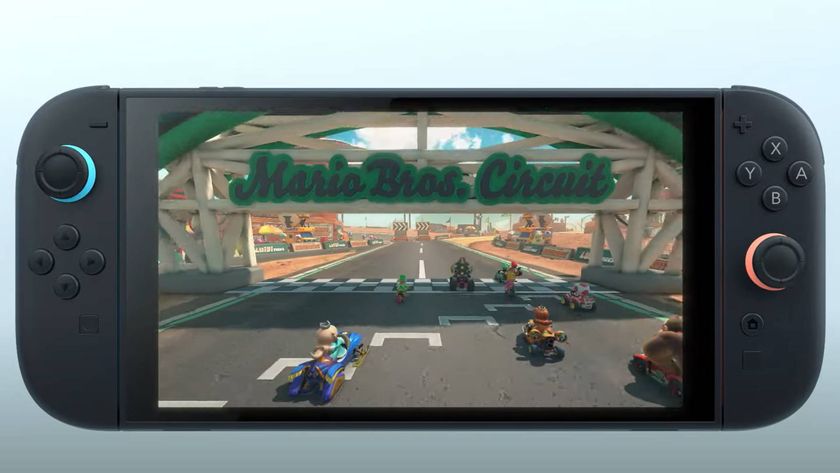
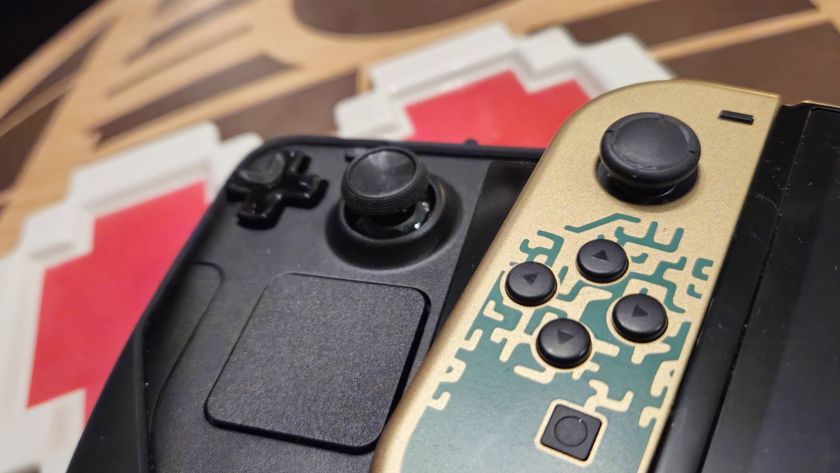
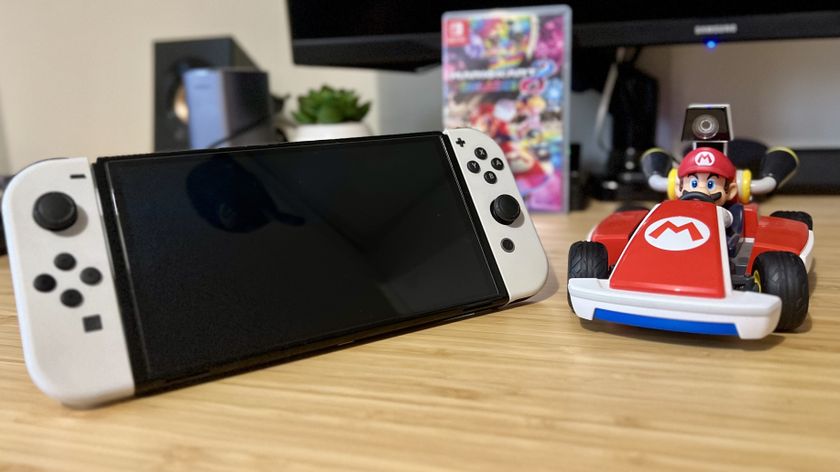

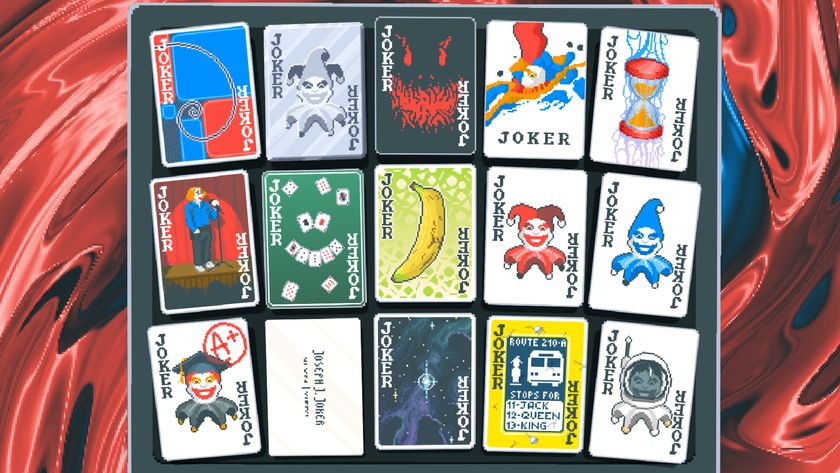


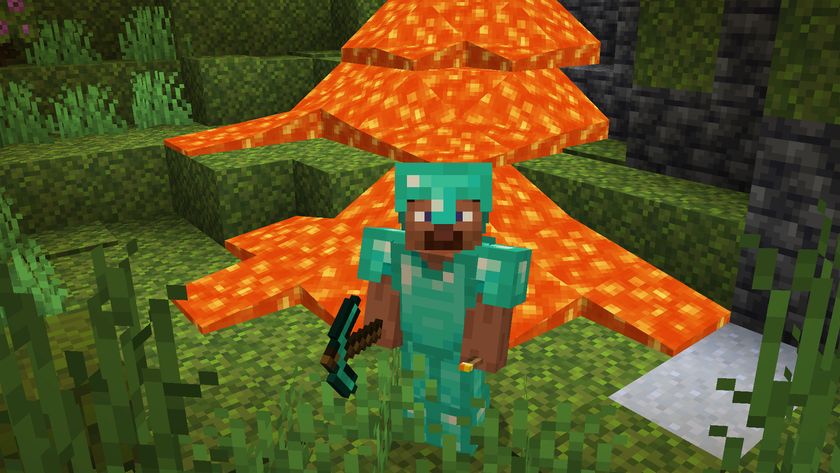
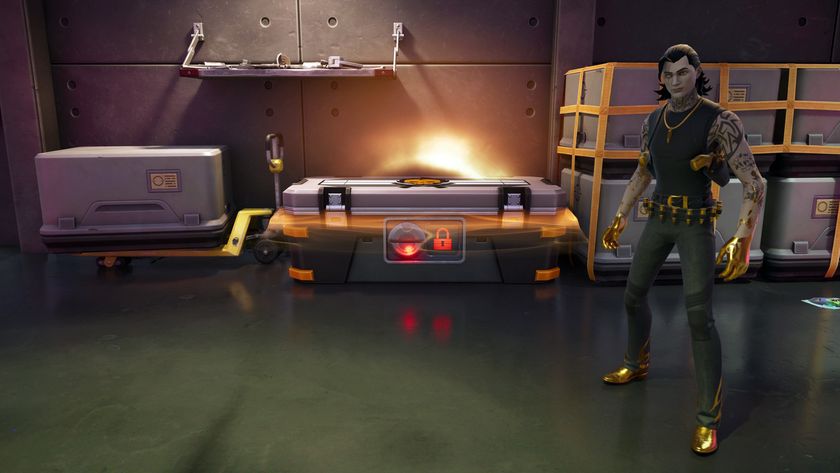







Undertale creator Toby Fox's tomfoolery leaves Deltarune testers thinking an intentional nerf was actually a bug after they "independently" discovered it

Former Pokemon world champ uses a "stupid strategy" that "should never work" to transform a Lapras into an OHKO machine so powerful it can even take out enemies in alternate dimensions




